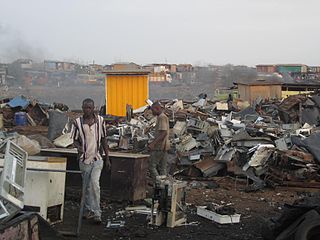The video to the right from the people at International Paper and, Go Paper Grow Trees illustrates some of the differences between electronics and paper. The video compares how these two methods of communication are produced, what resources they are produced with, and how much of it is recovered for recycling.
Did you know that In Europe and in the U.S. around 60% of energy used to make paper comes from renewable resources? (source Carbon & Energy Reduction, Print City, 2010) Additionally, the raw material in paper, trees, are also a renewable resource. Compare that to the fact that electronic devices typically require the mining and refining of dozens of minerals and metals, as well as the use of plastics, hydrocarbon solvents, and other non-renewable resources.
Also something to take into consideration is that the adverse health effects from producing an e-reader are 70 times worse than producing a book (source Daniel Goleman and Gregory Norris, "How Green is My iPad," The New York times). Along the same train of thought, every time you turn on your e-reader, you will be using electricity. The same goes for email communication, text messages and other forms of electronic communication and correspondence. On the other hand, print is the only medium with a one time carbon footprint. (source 2010 PrintCity report on Carbon and Energy)
 |
| The E-waste centre of Agbogbloshie, Ghana |
As new research emerges, it is clear that "either/or" is not the answer. One must consider all the inputs and outputs before making a decision about which communications are better delivered electronically or on paper. By linking the power of paper with the efficiency of electronics, we can streamline our communications and help maintain the best environmental balance possible. (source International Paper, Go Paper, Grow Trees website)
I'm not saying that we should end electronic communication, (of course not, after all - I assume that you are reading this blog on some sort of electronic device.) Both electronic and paper communications have their place! Those who say we should be going paperless to save the environment are doing you a disservice, as the facts show that most suppliers within the paper industry demonstrate sustainable forestry practices.
Movad is happy to provide you with this information with you in the hope that we can dispel the myth that the paper and print industry are bad for the environment.
Portions of this blog have been sourced from "The Value of Print" by the Printing Industries of America.


